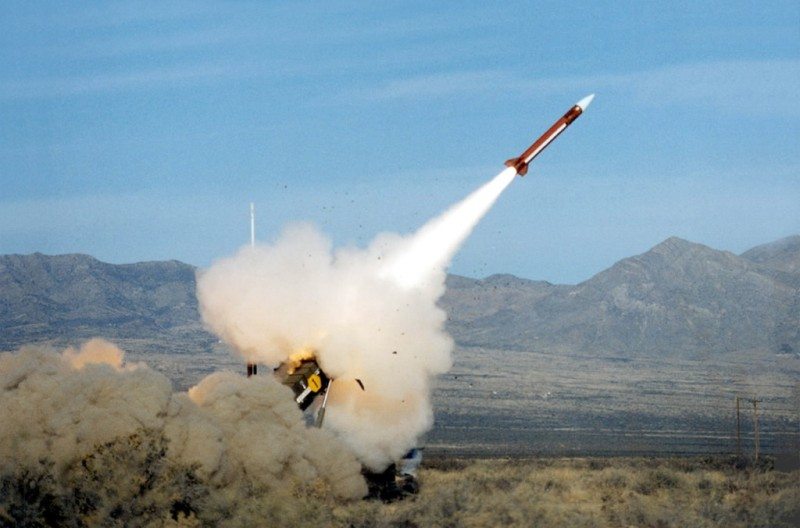A ground-based system for homeland defense and interceptors for regional defense highlight the Missile Defense Agency’s portion of the Defense Department’s fiscal 2012 budget request.
The agency requested more than $8.6 billion for fiscal 2012, compared to last year’s requested $8.4 billion, said Navy Rear Adm. Randall M. Hendrickson, the agency’s deputy director.
“The 2012 budget is predicated on and assumes the eventual approval of (fiscal) 2011’s requested levels of $8.41 billion,” he said.
If approved, the $8.6 billion budget would be used to pay for completing the initial fielding of the Ground-Based Midcourse Defense System for homeland defense, in addition to enhancing regional defenses with at least two interceptor systems against short-, medium- and intermediate-range ballistic missiles, Admiral Hendrickson said.
Homeland security projects include completing the purchase of six ground-based interceptors and the purchase of five more, as well as finishing 14 missile-launching silos at Fort Greeley, Alaska, and starting work on a new East Coast communications terminal, the admiral said.
Regional defense plans include purchasing 68 Terminal High-Altitude Area Defense interceptors, six launchers and a tactical station group. The plan calls for purchasing 46 standard sea-based interceptors, among other projects.
The third phase, Robust Intermediate-Range Ballistic Missile Defense, is expected to be completed in 2018.
System improvements would include expanded shooter coordination and improved radar, Admiral Hendrickson said.
The fourth phase, Early-Intercept and Regional Intercontinental Ballistic Missile Defense, is scheduled to be completed in 2020.
The projects to complete the third and fourth phases include completing the preliminary design for the Precision Tracking Space System satellite, and finishing the final designs and engineering models for its spacecraft bus, optical payload and communication payload components.










